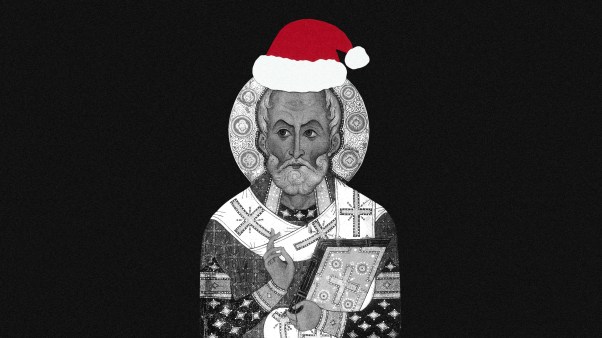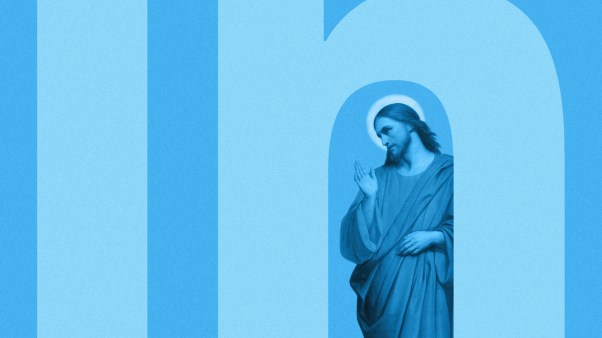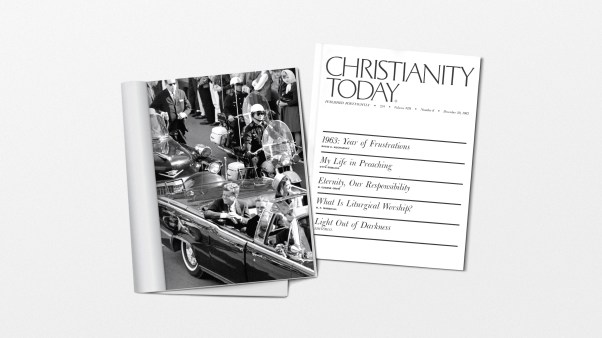“Take us the foxes, the little foxes, that spoil the vines; for our vines have tender grapes” (Song of Sol. 2:15, KJV). Bernard of Clairvaux, perhaps the greatest preacher of his age, chose this as his text for a sermon series he gave against heresy in 1143. The vine was Christ’s church, and the little foxes were the heretics who threatened the salvation of its members.
In Bernard’s day, groups dissenting from Roman Catholicism began to appear, partly because they weren’t happy with the type of Christianity taught by the church, and partly because of the church’s call for reform. As popes railed against sins of the clergy, lay people became increasingly critical as well. By the 1100s, reformers, some for and some against the church, were gaining followings.
Those who broke away from the church were considered heretics. The concept is scriptural, designating those who substitute human opinion for the truths revealed by Christ (e.g., 2 Peter 2:1). Catholic medieval theologians, like Bernard, believed their church was the true guardian of Christ’s teaching.
Those early separatist movements were a small but significant aspect of popular faith of the Middle Ages. They established a tradition of religious dissent that eventually included “proto-Protestants” like John Hus and John Wycliffe. Two dissenting groups less well-known, but whose movements were perhaps more widespread in the Middle Ages, were the Cathars and the Waldensians.
The “Pure” Believers
The Cathar movement originated in the Greek and Slav lands of eastern Europe and took root in the West in the mid-1100s. Cathar is a Greek word meaning “the pure.” Although the Cathars claimed to base their teaching exclusively on the New Testament, their basic creed was unusual: God is very good; in this world nothing is good. It therefore follows that God did not make anything that is in this world.
Cathars believed the material universe was created by an evil power, which had imprisoned angelic souls in physical bodies and condemned them to a perpetual round of reincarnation. The Good God sent his Son, Jesus Christ, to rescue the imprisoned souls. But since matter is evil, Jesus was a spiritual being who had only the appearance of a body. Therefore, he could not have died on the cross and risen again.
In the Cathar view, Christ redeemed humankind by founding the Cathar church, to which he gave the Holy Scriptures and a single sacrament, “the consoling.” It supposedly conferred the Holy Spirit through the laying on of hands and was modeled on Catholic confirmation and on Acts 8:14–17. It was administered only to adults who had undergone a prolonged period of instruction, and it involved a complete change of life.
Those who received it were known as “the perfect.” They severed family ties, renounced personal property, and abstained from sex. They prayed 15 times every 24 hours, and abstained from eating meat, poultry, eggs, butter, fat, or cheese.
Activities were regulated by the Cathar bishops, who commissioned some to be ministers and most to live in small, single-sex communities. Cathars earned their living by weaving or farming and devoted spare time to prayer and meditation.
Those who persevered were assured that at death their souls would be released from evil and reincarnation, and they would return to their true home in Paradise.
Although many people admired the austere Cathar life and believed its teachings, many were unwilling to adopt the lifestyle. Such people were known as “believers”: they led ordinary lives, marrying, owning property, and eating what they liked. But when they were dying, they called for a Cathar perfect and were “consoled,” thereby ensuring their ultimate salvation.
The Cathars recruited the perfect from all classes. Great ladies, like Philippa, Countess of Foix, laid aside wealth and status, and lived in Cathar communities in equality with poor peasant women.
Although the new religion was preached throughout Western Europe, it took root particularly in southern France and northern and central Italy. Its adherents were always in a minority, but by 1200, there were several thousand perfect and tens of thousands of believers.
The Waldensians
The other main Catholic heresy started out as a reform movement within the church: the Waldensians.
Its founder, Peter Valdes (sometimes incorrectly spelled Waldo), was a rich merchant of Lyons who in 1173 felt a call to serve Christ in the poor. After making provision for his family, he gave the rest of his property away and gathered round him a group of like-minded lay people, who preached and ministered to the destitute.
At one point, his wife became distressed with his radical lifestyle, especially his begging for daily food; eventually she got the archbishop of Lyons to order her husband to go home each day to be fed by her.
Pope Alexander III gave his approval to Valdes’s work on condition that he and his followers obtain licenses to preach from their bishops.
The early Waldensians did not differ from Roman Catholicism doctrinally, but when some of them were refused preaching licenses, they seceded and formed an independent church. They came to reject the Catholic priesthood and the Eucharist-centered worship. Instead, they held services devoted to preaching, prayer, and the reading of Scripture. It was at this point that the medieval Catholic church began considering the Waldensians heretics.
The Waldensians were one of few dissenting movements that allowed women to preach—which even further alienated them from the Catholic church. They attracted a substantial following in southern France and northern Italy, apparently an area of Europe ripe with people unhappy with medieval Catholicism.
Bernard Hamilton is professor of crusading history at the University of Nottingham, England. He is author of “Religion in the Medieval West” (Edward Arnold).
Copyright © 1996 by the author or Christianity Today/Christian History magazine.Click here for reprint information on Christian History.










